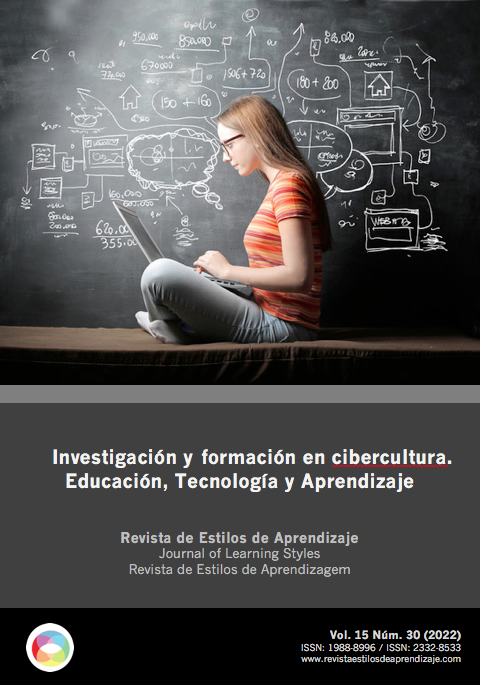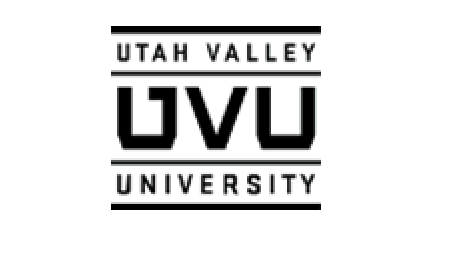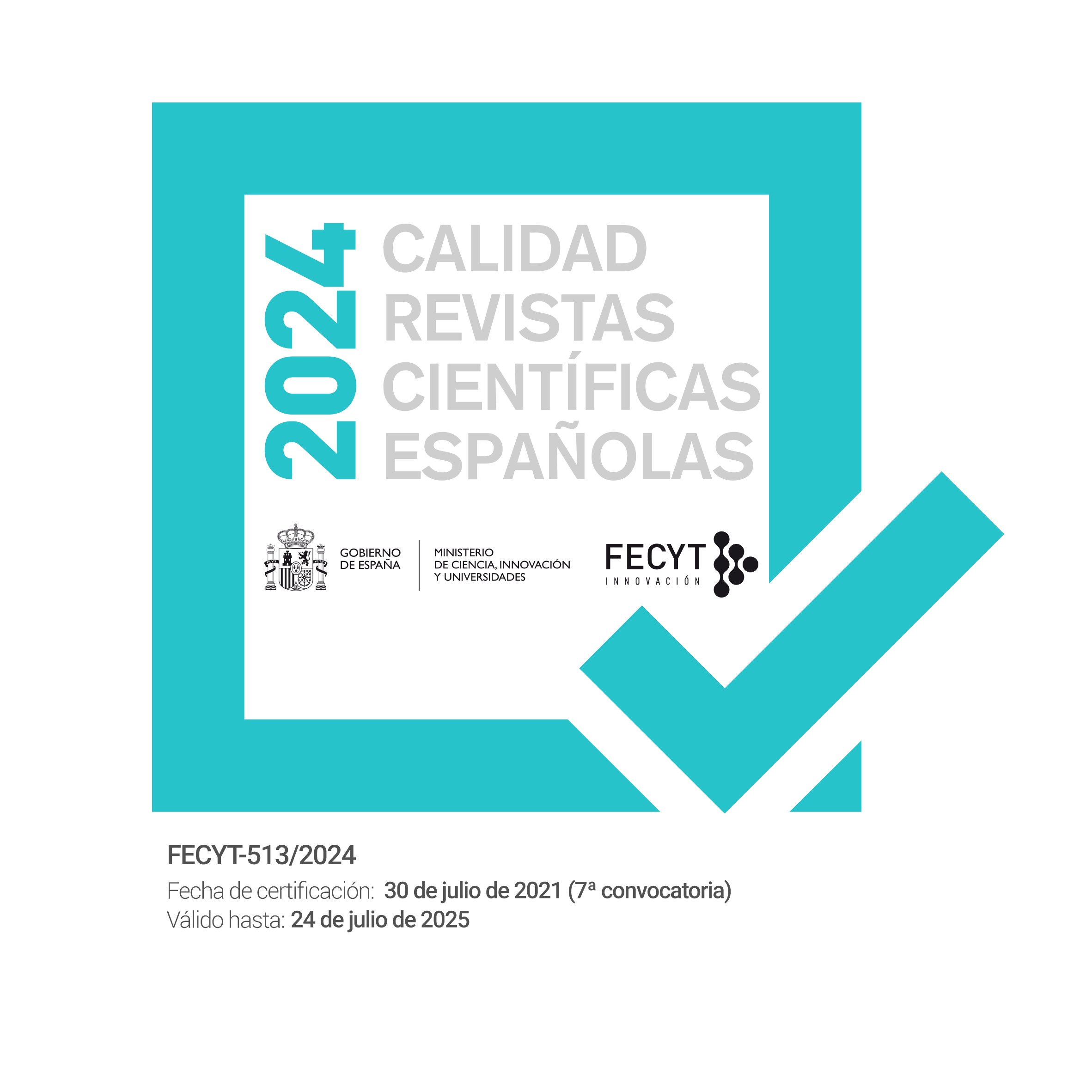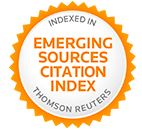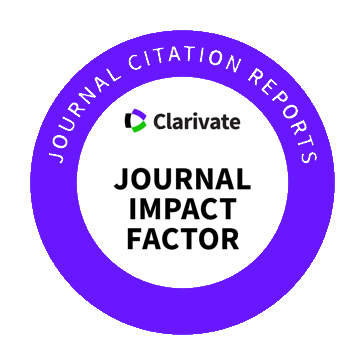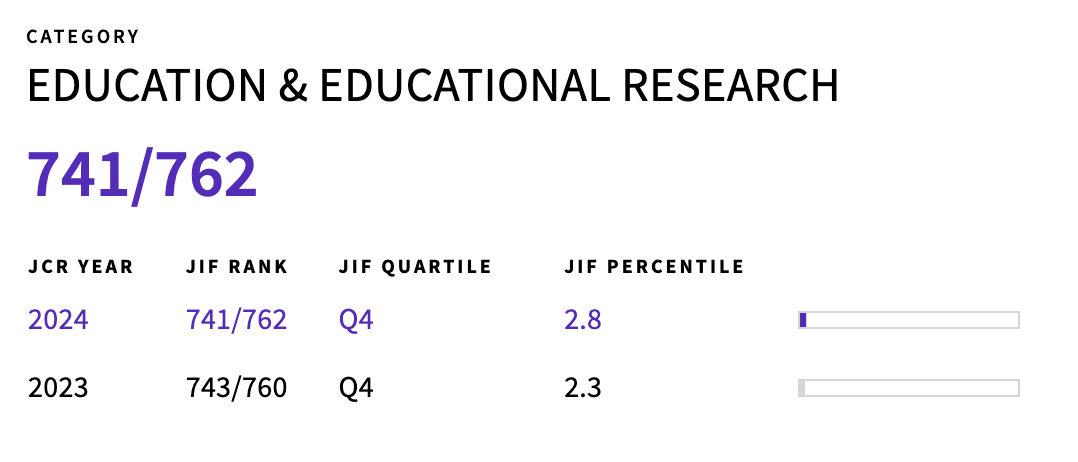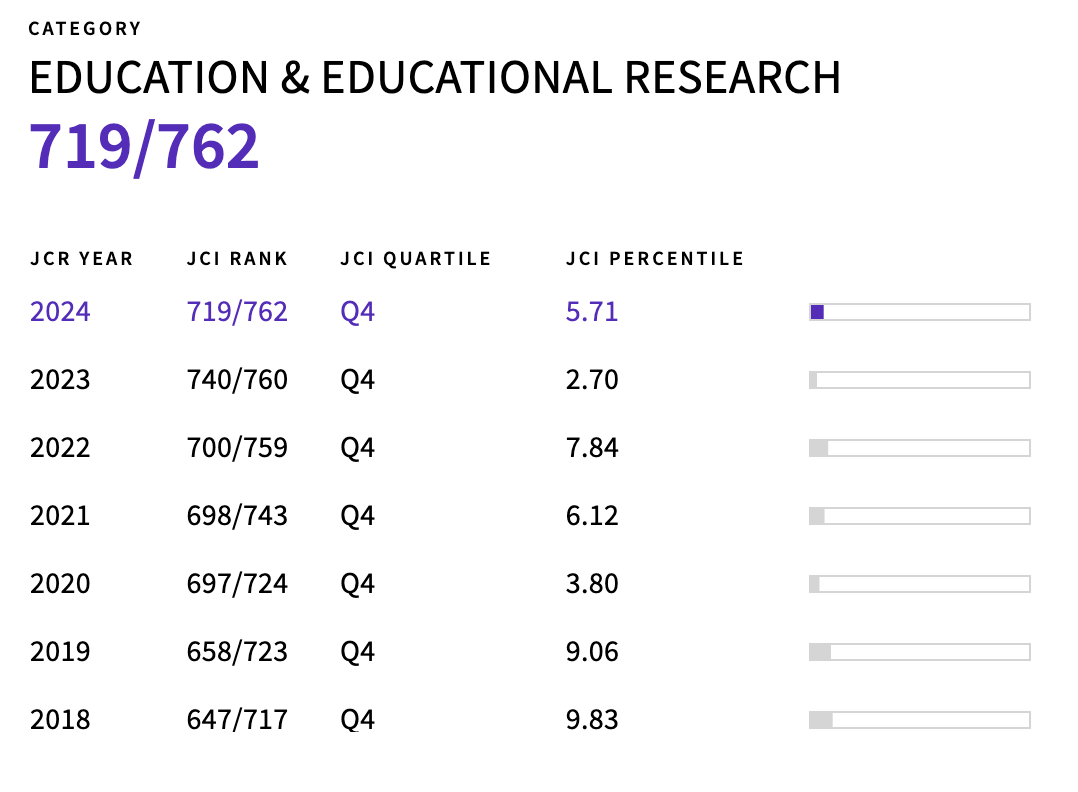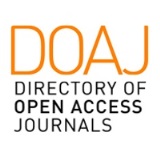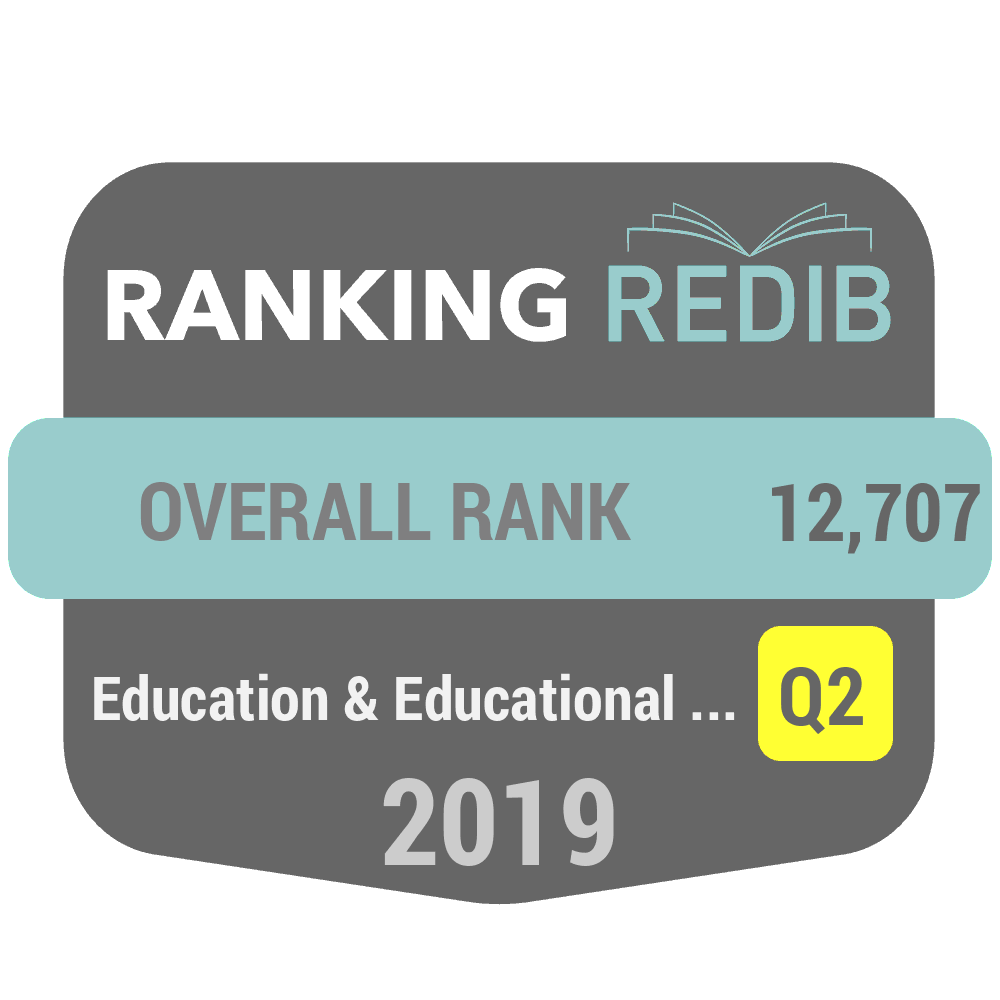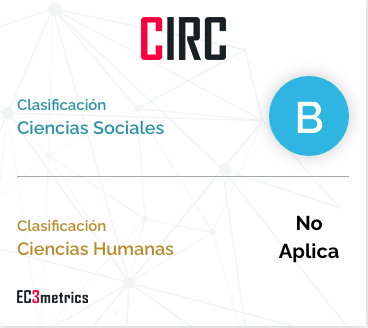Aprendizaje invertido antes y durante la pandemia: revisión sistemática de la literatura
DOI:
https://doi.org/10.55777/rea.v15i30.4271Palabras clave:
aprendizaje activo, educación a distancia, enseñanza superior, pandemia, métodos de enseñanzaResumen
El Aprendizaje Invertido (AI) se venía incorporado en el ámbito de la educación presencial y, a partir del aislamiento social que conllevó a la modalidad virtual, los docentes comenzaron a adaptarlas a esos entornos. Los objetivos fueron conocer las tendencias de investigación y describir su efectividad y aceptación en estudiantes antes y durante la pandemia. Se realizó una revisión sistemática de la literatura en la que se estudiaron publicaciones sobre Aprendizaje Invertido. Luego de un proceso sistemático basado en el protocolo PRISMA y otros de renombre en las ciencias sociales y educación, se analizaron 66 artículos. En ambos periodos (antes y durante la pandemia) la tendencia se inclinó hacia los estudios cuantitativos. España y Estados Unidos fueron los países con más publicaciones. Latinoamérica muestra pocas publicaciones y diferencias en cuanto a número de artículos en los dos períodos. La literatura reporta la efectividad del Aprendizaje Invertido en la enseñanza antes y durante la enseñanza remota de emergencia (ERE). Se concluye que el AI es favorable en el contexto de la ERE por su efectividad y la tendencia a su aceptación. Se presentan sugerencias para futuras investigaciones ante los escenarios que vendrán luego de la pandemia.
Descargas
Citas
Abeysekera, L. y Dawson, P. (2015). Motivation and cognitive load in the flipped classroom: definition, rationale and a call for research. Higher education research & Development, 34(1), 1-14. https://doi.org/10.1080/07294360.2014.934336
Abío, G., Alcañizb, M., y Gómez-Puiga, M. (2017). El aula invertida y el aprendizaje en equipo: dos metodologías para estimular al estudiante repetidor. Revista D’Innovació Docent Universitària, 9, 1-15. https://bit.ly/3uwP4zQ
Akçayır, G. y Akçayır, M. (2018). The flipped classroom: A review of its advantages and challenges. Computers & Education, 126, 334-345. http://dx.doi.org/10.1016/j.compedu.2018.07.021
Alamri, M. (2019). Students’ academic achievement performance and satisfaction in a flipped classroom in Saudi Arabia. International Journal of Technology Enhanced Learning, 11(1), 103-119. http://dx.doi.org/10.1504/IJTEL.2019.096786
Altemueller, L. y Lindquist, C. (2017). Flipped classroom instruction for inclusive learning. NASEN, 44(3), 341-358. https://doi.org/10.1111/1467-8578.12177
Al-Zahrani, A. (2015). From passive to active: The impact of the flipped classroom through social learning platforms on higher education students’ creative thinking. British Journal of Educational Technology, 46(6), 1133–1148. https://doi.org/10.1111/bjet.12353
Arce, C. (2019). Flipped Classroom o Aula Invertida. Revista Académica Arjé, 2(1), 27-32. https://bit.ly/3uvIRUI
Aşıksoy, G. y Özdamlı, F. (2016). Flipped Classroom adapted to the ARCS Model of Motivation and applied to a Physics Course. Eurasia Journal of Mathematics, Science & Technology Education, 12(6), 1589-1603. https://doi.org/10.12973/eurasia.2016.1251a
Ayçiçek, B. y Yanpar, T. (2018). The Effect of Flipped Classroom Model on Students’ Classroom Engagement in Teaching English. International Journal of Instruction, 11(2), 385-398. https://doi.org/10.12973/iji.2018.11226a
Basal, S. (2015). The implementation of a flipped classroom in foreign language teaching. Turkish Online Journal of Distance Education-TOJDE, 16(4), 28-37. https://bit.ly/332UmHX
Basso-Aránguiz, M., Bravo-Molina, M., Castro-Riquelme, A., y Moraga-Contreras, C. (2018). Propuesta de modelo tecnológico para Flipped Classroom (T-FliC) en educación superior. Revista Electrónica Educare, 22(2), 1-17. https://doi.org/10.15359/ree.22-2.2
Betihavas, V., Bridgman, H., Kornhaber, R., y Cross, M. (2016). The evidence for ‘flipping out’: A systematic review of the flipped classroom in nursing education. Nurse Education Today, 38, 15–21. https://doi.org/10.1016/j.nedt.2015.12.010.
Çakıroğlu, Ü, & Öztürk, M. (2017). Flipped Classroom with Problem Based Activities: Exploring Self-regulated Learning in a Programming Language Course. Educational Technology & Society, 20(1), 337–349. https://bit.ly/3LenoWp
Chaudhuri, A., Paul, S., Mondal, T. y Goswami, A. (2020). A comparative study of telemedicine-assisted traditional teaching classes and flipped classroom-assisted self-directed learning sessions during COVID-19 pandemic among first MBBS students in Burdwan Medical College: A pilot study. Medical Journal DY Patil Vidyapeeth, 13, 608-14. https://doi.org/10.4103/mjdrdypu.mjdrdypu_397_20
Cifuentes-Faura, J. (2020). Docencia online y Covid-19: la necesidad de reinventarse. Revista De Estilos De Aprendizaje, 13(Especial), 115–127. https://doi.org/10.55777/rea.v13iEspecial.2149
Colomo-Magaña, E., Soto-Varela, R., Ruiz-Palmero, J., y Gómez-García, M. (2020). University Students’ Perception of the Usefulness of the Flipped Classroom Methodology. Education Science, 10(275), 20 pp. https://doi.org/10.3390/educsci10100275
Cuevas, N., Monzonís, N., Gabarda, V., Cívico, A., y Colomo, E. (2021). Flipped classroom en tiempos de COVID-19: una perspectiva transversal. International Journal of Educational Research and Innovation (IJERI), 15, 326-341. https://doi.org/10.46661/ijeri.5439
Del Pino, B., Prieto, B., Prieto, A., e Illeras, F. (2016). Utilización de la metodología de aula invertida en una asignatura de Fundamentos de Informática. Enseñanza y Aprendizaje de Ingeniería de Computadores, 6, 67-75. http://doi.org/10.30827/Digibug.41918
Dhawan, S. (2020). Online Learning: A Panacea in the Time of COVID-19 Crisis. Journal of Educational Technology Systems, 49(1) 5–22. https://doi.org/10.1177/0047239520934018
Durfee, S., Goldenson, R., Gill, R., Rincón, S. Flower, E., y Avery, L. (2020). Medical Student Education Roadblock Due to COVID-19: Virtual Radiology Core Clerkship to the Rescue. Academic Radiology, 27, 1461–1466. https://doi.org/10.1016/j.acra.2020.07.020
Esteban, E., Cámara, A. y Villavicencio, M. (2020). La educación virtual de posgrado en tiempos de COVID-19. Revista De Estilos De Aprendizaje, 13(Especial), 82–94. https://doi.org/10.55777/rea.v13iEspecial.2241
Fialho, M., Barbosa, A., Daniel, D., Albuquerque, E., Gama, G., Pires, G., Soares, L., de Sousa, T., de Albuquerque, T., y Gomes, F. (2020). Benefits of the flipped classroom in health education - a systematic review. Brazilian Journal Health Review, 3(6), 17428-17437. https://doi.org/10.34119/bjhrv3n6-160
Flipped Learning Network (FLN). (2014). The Four Pillars of F¬L¬I¬. https://bit.ly/3uvMGte
Fogg, K. y Maki, S. (2020). A Remote Flipped Classroom Approach to Teaching Introductory Biomedical Engineering During COVID-19. Biomedical Engineering Education, Special Issue COVID-19. https://doi.org/10.1007/s43683-020-00001-4
Fryling, M. (2020). From flipped, to flipping out, to mostly sunny: how the flipped classroom model made the move to emergency remote learning less stormy. Issues in Information Systems, 21(1), 281-289, https://doi.org/10.48009/1_iis_2020_281-289
Galindo-Domínguez, H. y Bezanilla, M. Una revisión sistemática de la metodología flipped classroom a nivel universitario en España. Innoeduca. International Journal of Technology and Educational Innovation, 5(1), 81-90. https://doi.org/10.24310/innoeduca.2019.v5i1.4470
García, A. (2016). Aprendizaje inverso y motivación en el aula universitaria. Pulso. Revista de Educación, 39, 199-218. https://bit.ly/3Lenxcp
Gillete, C., Rudolph, M., Kimble, C., Rockich-Winston , N., Smith, L., y Broedel-Zaugg, K. (2018). A Meta-Analysis of Outcomes Comparing Flipped Classroom and Lecture. American Journal of Pharmaceutical Education, 82(5), 433-440. http://doi.org/10.5688/ajpe6898
González, E. (2017). Aplicación del modelo educativo Flipped Classroom con soporte de la plataforma Edmodo. Revista Iberoamericana de producción Académica y Gestión Educativa, 4(8). https://bit.ly/3guKudk
Izagirre-Olaizola, J. y Morandeira-Arca, J. (2020). Business Management Teaching-Learning Processes in Times of Pandemic: Flipped Classroom at A Distance. Sustainability 12, 10137; https://doi.org/10.3390/su122310137
Hinojo, F., Aznar, I.; Romeroz, J., y Marín, J. (2019). Influencia del aula invertida en el rendimiento académico. Una revisión sistemática. Campus Virtuales, 8(1), 9-18. https://bit.ly/3GDzHbq
Karabulut-Ilgu, A., Jaramillo, N., y Jahren, C. (2018). A systematic review of research on the flipped learning method in engineering education. British Journal of Educational Technology, 49(3), 398–411. https://doi.org/10.1111/bjet.12548
Lewis, C., Chen, D., y Relan, A. (2017). Implementation of a flipped classroom approach to promote active learning in the third-year surgery clerkship. The American Journal of Surgery, 215(2), 298-303. https://doi.org/10.1016/j.amjsurg.2017.08.050
Martín, D., Sáenz, M., Santiago, R., y Chocarro, E. (2016). Diseño de un instrumento para evaluación diagnóstica de la competencia digital docente: formación flipped classroom. Revista Didáctica, Innovación y Multimedia, 11(33). 15 pp. https://bit.ly/3otPJOI
Migueliz, M., Wolgemuth, JR, Haraf, S., y Fisk, N. (2020). Anti-oppressive pedagogies in online learning: a critical review. Distance Education, 41(3), 345-360. https://doi.org/10.1080/01587919.2020.1763783
Moher, D. (2013). Preferred Reporting Items for Systematic Reviews and Meta-Analyses: The PRISMA Statement. Annals of Internal Medicine. https://doi.org/10.7326/0003-4819-151-4-200908180-00135.
Müge, A. (2017). Perceptions of senior-year ELT students for flipped classroom: a materials development course. Computer Assisted Language Learning, 30 (3-4), 204-222. https://doi.org/10.1080/09588221.2017.1301958
Ordorika, I. (2020). Pandemia y educación superior. Revista de la Educación Superior, 194 (49), 1-8. https://doi.org/10.36857/resu.2020.194.1120
Perdomo, B.; González-Martínez, O.A. y Barrutia Barreto, I. (2020) Competencias digitales en docentes universitarios: una revisión sistemática de la literatura. EDMETIC, Revista de Educación Mediática y TIC, 9(2), 92-115. https://doi.org/10.21071/edmetic.v9i2.12796
Petticrew, M. y Roberts, H. (2016). Systematic Reviews in the Social Sciences. A practical guide, Oxford: Blackwell.
Portillo, S., Castellanos, L., Reynoso, O., y Gavotto, O. (2020). Enseñanza remota de emergencia ante la pandemia Covid-19 en Educación Media Superior y Educación Superior. Propósitos y Representaciones, 8 (SPE3), e589. http://dx.doi.org/10.20511/pyr2020.v8nSPE3.589
Salehi, S., Du, JT, y Ashman, H. (2018). Use of Web search engines and personalisation in information searching for educational purposes. Information Research, 23(2), paper 788. https://bit.ly/3upGOSe
Sams, A. y Bergmann, J. (2014). Dale la vuelta a tu clase: lleva tu clase a cada estudiante en cualquier momento y cualquier lugar. Ediciones SM.
Schweiker, S. y Levonis, S. (2020). Insights Gained While Teaching First Semester Chemistry in the Time of COVID-19 at Bond University in Australia. Journal of chemical education, 97(9), 2863-2865. https://dx.doi.org/10.1021/acs.jchemed.0c00621.
Singh, V., y Thurman, A. (2019). How many ways can we define online learning? A systematic literature review of definitions of online learning (1988-2018). American Journal of Distance Education, 33(4), 289–306. https://doi.org/10.1080/08923647.2019.1663082
Sojuel, D., y Nanne-Lippmann, I. (2021). Transición a la educación remota en emergencia de docentes y estudiantes en Centroamérica y el Caribe. RECIE. Revista Caribeña De Investigación Educativa, 5(2), 107-123. https://doi.org/10.32541/recie.2021.v5i2.pp107-123
Sunasee, R. (2020). Challenges of Teaching Organic Chemistry during COVID-19 Pandemic
at a Primarily Undergraduate Institution. Journal of Chemistry Education, 97(9), 3176–3181. https://doi.org/10.1021/acs.jchemed.0c00542
Tang, T., Abuhmaid, A., Olaimat, M., Oudat, D., Aldhaeebi, M. y Bamanger, E. (2020). Efficiency of flipped classroom with online-based teaching under COVID-19. Interactive Learning Environments, 12 pp. https://doi.org/10.1080/10494820.2020.1817761
Tejedor, S., Cervi, L., Tusa, F., y Parola, A. (2020). Educación en tiempos de pandemia: reflexiones de alumnos y profesores sobre la enseñanza virtual universitaria en España, Italia y Ecuador. Revista Latina de Comunicación Social, 78, 1-21. https://www.doi.org/10.4185/RLCS-2020-1466
U.S.A. Department of Education. (2014). What Works Clearinghouse procedures and standards handbook, version 3.0., Washington, DC: Institute of Education Sciences.
Vajravelu, B., Kelley, A., Moktar, A., Orrahood, S. (2020). Flipped Classrooms in Physician Assistant Education. The Journal of Physician Assistant Education, 31(4), 207-211. https://doi.org/10.1097/JPA.0000000000000325
Yen, T. (2020). The Performance of Online Teaching for Flipped Classroom Based on COVID-19 Aspect. Asian Journal of Education and Social Studies, 8(3), 57-64. https://doi.org/10.9734/AJESS/2020/v8i330229
Youhasan, P., Chen, Y., Lyndon, M., y Henning, MA. (2020). Development and validation of a measurement scale for nursing students' readiness to the flipped classroom in Sri Lanka. Journal of educational evaluation for health professions, 17, 41. https://doi.org/10.3352/jeehp.2020.17.41
Yunn-Fang, H., Ling-Ling, H., Wo, K. y Yao-Chin, H. (2020). Orientation to Community Pharmacy by online education amid the COVID-19 pandemic: Teaching and learning reflections. Journal of Asian Association of Schools of Pharmacy, 9, 53–59. https://bit.ly/34GP0CR
Zepeda, G., Díaz, J., Salcedo, M., y Tapia, S. (2018). Una aproximación teórica sobre MOOC, Aula Invertida, y B-Learning: Similitudes y diferencias. Revista Educateconciencia, 20(21), 155–173. https://bit.ly/3oszzoA
Descargas
Publicado
Cómo citar
Número
Sección
Licencia
Con el envío del original, el/los autor/es declaran que conocen y aceptan, en su totalidad, la política de privacidad así como los derechos de autor de la Revista de Estilos de Aprendizaje.
La Revista Estilos de Aprendizaje ofrece acceso libre y abierto a su contenido de forma totalmente gratuita con el fin de hacer llegar la investigación científica a sus lectores y sociedad en general. Todos los contenidos digitales son de acceso libre y gratuito y se publican bajo licencia de Creative Commons:

La cesión de derechos se realiza bajo la licencia Creative Commons Reconocimiento-NoComercial-SinObraDerivada 4.0 Internacional (CC-BY-NC-ND 4.0)
Bajo esta licencia, está permitida la reproducción y difusión de los contenidos de la revista con fines educativos, sociales y de transmisión de conocimiento, sin ánimo de lucro y siempre que no se modifiquen, se cite la procedencia y la autoría.
La licencia a la que se acoge la Revista de Estilos de Aprendizaje permite copiar y distribuir los contenidos de la revista, siempre que se reconozca la autoría de la obra, especificando correctamente el autor y la entidad editora. No se puede utilizar la obra para fines comerciales y tampoco se puede alterar, transformar o generar una obra derivada a partir de esta obra.
La Revista de Estilos de Aprendizaje es una revista de acceso abierto. La publicación de artículos o reseñas en la Revista no da derecho a remuneración alguna. Así mismo, tanto para los autores como los lectores, la revista es gratuita Creative Commons Reconocimiento-NoComercial-SinObraDerivada 4.0 Internacional (CC-BY-NC-ND 4.0).
Desde la Revista de Estilos de Aprendizaje se invita al/los autor/autores a ampliar la visibilidad y el alcance de sus artículos publicados mediante la redifusión de los mismos en:
- Espacios web y redes personales, así como en encuentros y foros científicos.
- Archivos abiertos institucionales en Universidades, repositorios educativos y Centros de Investigación.
- Redes académicas y científicas (Researchgate, Academia.edu, Plubons, etc.).
Se requiere que en todos estos espacios y publicaciones se incluyan todos los datos bibliográficos de la publicación.

